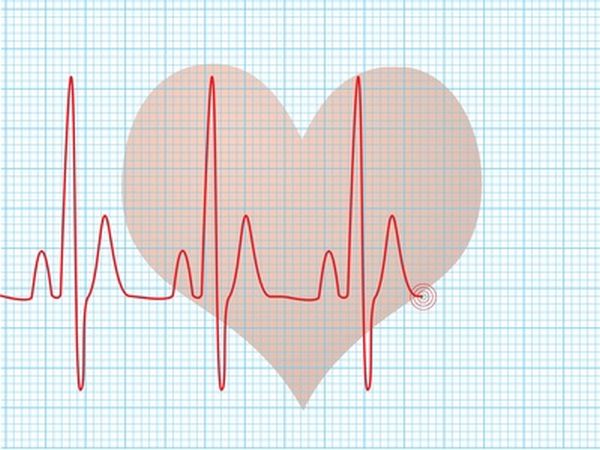
Arteries are relatively thick-walled blood vessels that carry blood from the heart to other body organs. With the exception of the pulmonary and umbilical arteries, all arteries contain oxygenated blood. Whenever there is a blockage in the arteries, the flow of blood going to the organs gets restricted resulting in the failure of the organs. This blockage of arteries is called clogged arteries.
Causes of clogged arteries
Arteries get clogged when a fatty substance called a plaque gets build-up on the lining wall of the arteries. As this plaque grows, arteries get narrowed making the blood difficult to pass through it and the organ are unable to receive blood. This is called ischemia (local anemia due to mechanical obstruction of the blood supply). In extreme cases when there is complete blockage, it can lead to infarction (local tissue death due to ischemia).
Mechanism of development of clogged arteries
Plaque is made up of fat, cholesterol, cellular waste products, calcium, and fibrin (a substance that helps in the formation of blood clot). Formation of plaque starts where there is damage to the blood vessels. Factor associated with this vascular damage are high blood pressure, smoking, increased fat intake, high cholesterol, and diabetes. These triggering factors damage the inner wall of the arteries. This damage stimulates the accumulation and oxidation of LDL cholesterol in the vessel wall. To repair the damaged artery, our body releases certain chemicals. In this process plaque is build up at the arterial damage site. Sometimes plaque gets ruptured and the underlying tissue is exposed. This results in thrombus formation and release of more inflammatory mediators, resulting in continued narrowing of the arterial lumen.
Symptoms of clogged arteries
Symptoms of clogged arteries depend upon site of arterial plaque formation. Common sites are heart, brain, kidneys, pelvis, and extremities especially lower extremities:
1. Symptoms of clogged arteries in the heart:
When plaque develops in the arteries that supply blood to the heart itself, coronary artery disease results. This condition can lead to heart attacks. Common symptoms of coronary artery disease are chest pain (angina), shortness of breath, excessive sweating, and palpitations.
2. Brain
Symptoms of clogged arteries in the brain or carotid arteries include sensation of weakness or numbness on one side of your body, loss of vision on one side only, or inability to move an arm or a leg.
3. Kidney
Renal artery involvement due to clogged renal arteries lead to renal artery disease. Symptoms include hypertension which is not controlled with anti-hypertensives. In severe cases renal failure may occur due to fluid retention in the body, weakness, shortness of breath, etc.
4. Pelvis
Iliac artery disease is caused by the narrowing of the arteries leading to the legs. Symptoms are lower leg pain and tissue loss.
5. Extremities
Peripheral artery disease results when arteries carrying blood to the extremities, especially the lower extremities gets clogged. Symptoms include leg pain, numbness in legs and feet, cold feet, and delayed healing of injuries to the feet.
Prevention of clogged arteries
Some of the preventive measures for clogged arteries include:
1. Decreasing the intake of fat
Reduction in the amount of fat in our diet, especially the saturated fat, will help prevent clogged arteries as this is an important factor in the development of plaque.
2. Smoking cessation
Smoking is also a contributing factor towards the formation of plaque. Therefore stopping smoking will prevent clogged arteries and the conditions resulting from it.
3. Exercise
Regular exercise will help combating the clogged arteries by reducing the cholesterol levels, strengthening the heart, and reducing blood pressure.
4. Use of cholesterol lowering agents
Some agents that reduce cholesterol are garlic, berries, apples, onions, and red wine, and green tea. Use of these will help lower the cholesterol and prevent clogged arteries.
5. Combat the stress
Stress can increase blood pressure, a risk factor stated above in the formation of atherosclerosis. Taking deep breath, meditation, and yoga are important relaxation techniques.
6. Regular health check up
This will help early diagnosis and treat the risk factors before a significant damage is made to the blood vessels. Thus formation of plaque and clogging of the arteries will not occur.
We can prevent clogged arteries by modifying our lifestyle and maintaining healthy habits in our lives.




